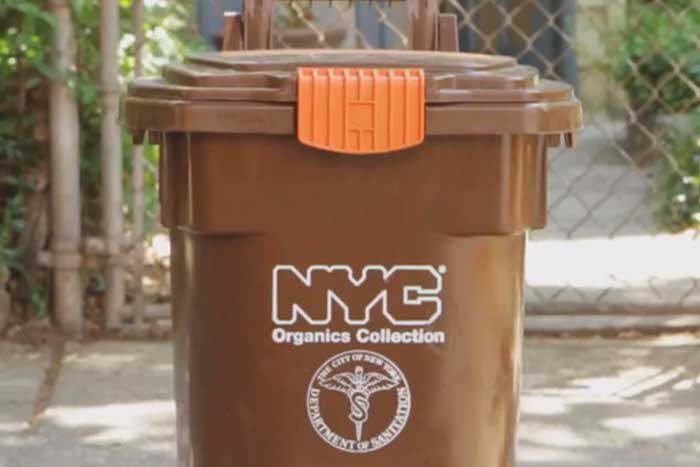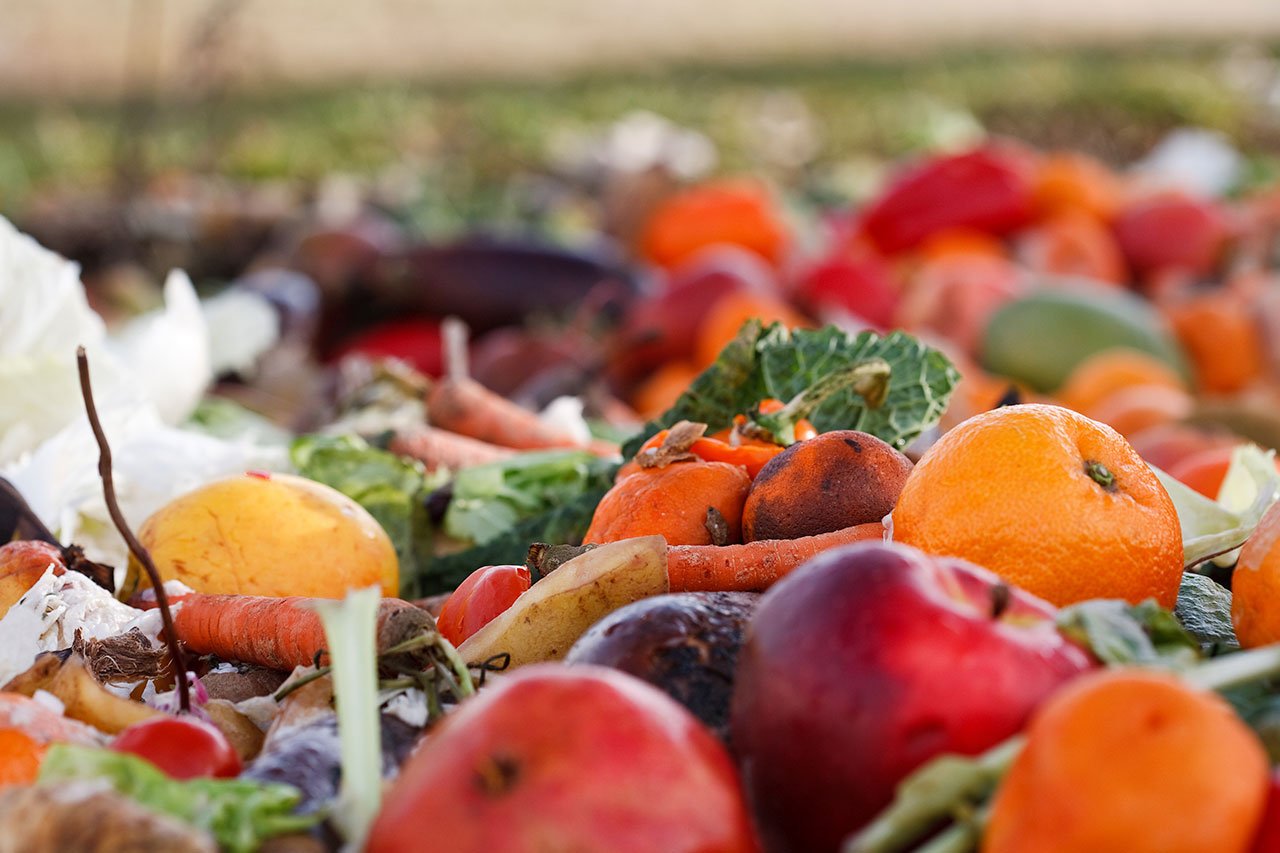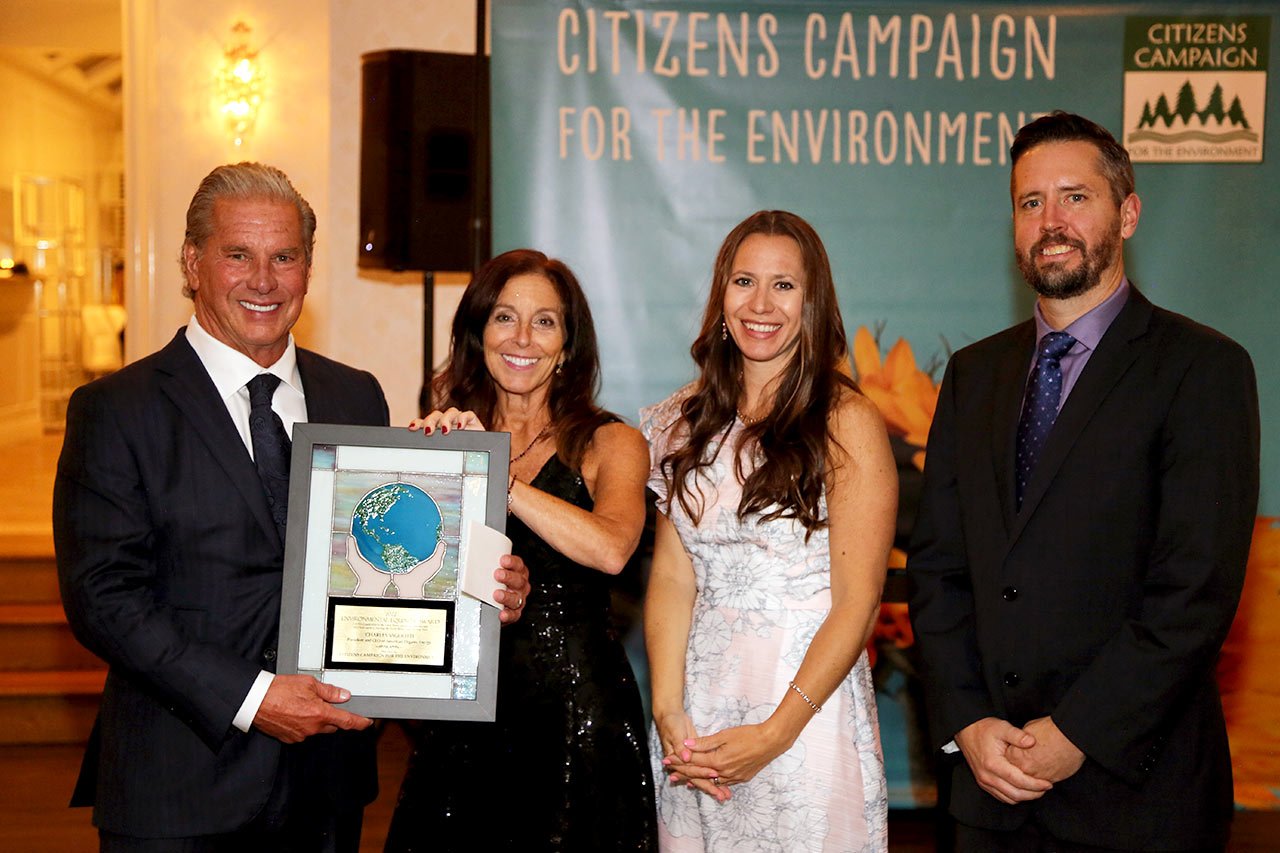The Citizens Budget Commission (CBC), a nonprofit, nonpartisan civic organization devoted to influencing constructive change in the finances and services of New York State and New York City governments, issued a report outlining key areas in need of improvement in municipal solid waste management and recommended steps toward rectifying these challenges.
New York City’s waste disposal program is unsustainable both economically and environmentally. Transporting organic waste to distant landfills by private carting companies not only produces excessive amounts of carbon emissions and contributes to overabundance of landfill use, but significantly costs taxpayers and business owners.
Organic waste (consisting of mostly food scraps and other material that breaks down easily) disposal is a big share of NYC’s trash (1.8 million tons both residentially and commercially) and an expensive one, costing taxpayers 1.7 billion annually.
As such, according to the report, “In recent years New York City has focused on diverting food scraps and other organic material from landfills as part of the City’s environmental agenda. The City has initiated a residential collection pilot and recently adopted a mandate on large commercial producers of food waste. The City aims to reduce landfilled waste 90 percent by 2030 and carbon emissions 80 percent by 2050.”
One of the primary ways in which NYC proposes to streamline organic waste disposal is with the expansion of alternative technologies like the installation of in-sink waste disposers and use of anaerobic digestion. Anaeorbic digestion is a process by which organic material is placed in a facility that breaks it down naturally, converting food scraps into usable compost and energy. That energy, in biogas form, can have many uses, from vehicle fuel to electricity. Moreover, it solves for the environmental problems by vastly reducing the need for distant landfills, including the trucks that haul the trash over great distances.
The report cites seven anaerobic digesters in the New York region, including American Organic Energy’s proposed facility in Yaphank, Long Island that will break ground this year. The facility is listed 60 miles outside of New York City and will have a tonnage capacity of 160,000, vastly reducing carbon emissions on Long Island.
The Yaphank facility will partner with GE Water, Scott’s Miracle-Gro, and Long island Compost to collect, separate, pre-process, break down, and transform Long Island’s food waste into convertible energy, vehicle fuel, electricity, fertilizer, and nutrient-rich water.
According to the website, the Long Island Compost project will be the first anaerobic digester to process food waste, grass clippings, and fats, oils, and greases in the N.Y. Metropolitan Region and represents a significant step in the continued effort toward changing current waste disposal practices in the country. The Project will significantly reduce greenhouse gas emissions resulting from the current disposal practice – both those emissions related to transporting waste to landfills 300 miles away as well as the emissions from the landfills themselves. Greenhouse gas emissions are expected to be reduced by 40,000 tons of CO2 per year.
The project will produce 2.0 MW of electricity and approximately 1.9 million diesel gallons equivalent of compressed natural gas (CNG).
American Organic Energy is nearly complete with the permitting and approval phases and is due to break ground this year, marking a significant step in solving the New York metropolitan area’s organic waste disposal challenges.









